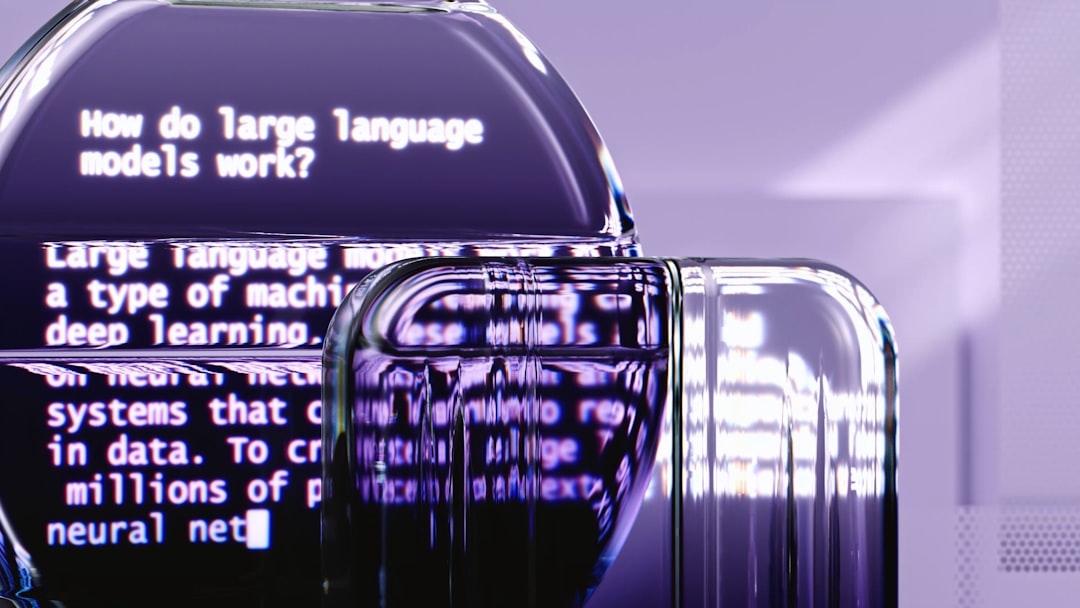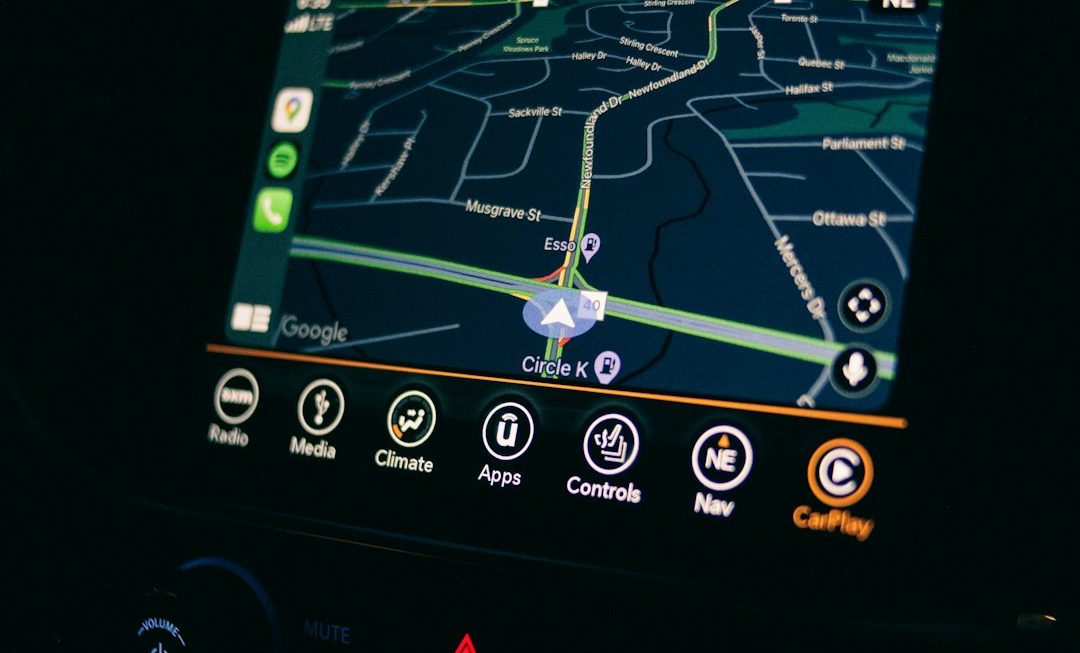Artificial Intelligence (AI) is reshaping the landscape of many industries, and the translation services sector is no exception. With the demand for real-time, accurate, and cost-effective translation continuing to rise due to globalization, AI-powered solutions are rapidly being embraced by enterprises and individuals alike. This shift is redefining how translations are produced, evaluated, and managed across languages and cultures.
The Rise of Machine Translation
Machine translation (MT) has existed for decades, but the integration of AI, especially through neural machine translation (NMT), has made these tools exponentially more efficient. Platforms such as Google Translate and DeepL use advanced deep learning algorithms that understand context, idiomatic expressions, and sentence structures far better than earlier rule-based or statistical models. These tools are now capable of delivering translations that, in some cases, approach human-level quality.

One of the most significant impacts of AI is the drastic reduction in translation turnaround times. With AI, massive volumes of content can be translated almost instantaneously, which is especially critical for sectors like e-commerce, real-time customer support, and live subtitling for events or broadcasts.
AI-Powered Tools in the Translation Workflow
In today’s translation services, AI isn’t just replacing human effort—it’s enhancing it. Modern translation workflows use a combination of machine translation engines, translation memory systems, and terminology databases, all of which are enhanced by AI algorithms. These tools assist human translators by predicting their next words, flagging inconsistencies, and offering real-time suggestions, thereby increasing both speed and consistency.
Moreover, AI helps with project management tasks such as content segmentation, task allocation, and quality assurance checks. It can identify potential errors or inconsistencies that may be overlooked during manual proofreading processes.
Benefits of AI in Translation Services
The integration of AI into translation services provides several key advantages:
- Speed: AI can process and translate vast amounts of content in seconds.
- Cost Efficiency: Reduces the need for large teams of human translators, especially for repetitive or low-importance content.
- Consistency: Ensures that terminology and tone remain uniform across different documents or media.
- 24/7 Availability: AI doesn’t sleep, making it ideal for global operations requiring continuous service.

Remaining Challenges and the Role of Human Translators
Despite its many advantages, AI still faces limitations in capturing the full nuance of human language, particularly with cultural references, sarcasm, idioms, or contextually complex phrases. For literature, legal, or marketing translation—where tone, style, and implication are critical—human translators remain irreplaceable.
As AI continues to evolve, the translator’s role is shifting from mere conversion of text to becoming a mediator between cultures and editor of AI outputs. These professionals, often referred to as “post-editors” in the industry, ensure the final translation is accurate, culturally appropriate, and emotionally engaging.
Future Trends
The future of translation services lies in hybrid systems—combinations of AI algorithms and human expertise. Advances in natural language processing, contextual understanding, and voice recognition are expected to lead to tools even more adept at tackling complex linguistic tasks. Real-time voice translation and automated sign language interpretation are also areas of ongoing research and development that promise to break down language barriers even further in the near future.
Frequently Asked Questions (FAQ)
- Q1: Can AI completely replace human translators?
- A1: Not entirely. While AI excels at speed and cost-effectiveness, human translators are still essential for tasks requiring deep cultural or contextual understanding.
- Q2: What are the most popular AI translation tools?
- A2: Some of the most widely used tools include Google Translate, DeepL, and Microsoft Translator. These platforms use neural machine translation technologies.
- Q3: Is AI translation reliable for legal or medical documents?
- A3: It is not recommended to rely solely on AI for highly specialized content. Human review is necessary to ensure accuracy and compliance with regulations.
- Q4: How can businesses benefit from AI in translation?
- A4: Businesses can localize content more rapidly, reach global audiences with consistent messaging, and reduce translation-related costs significantly.
- Q5: What role do human translators play in the AI age?
- A5: Human translators are evolving into quality assurance experts and cultural consultants who refine AI output for polished, human-ready communication.




